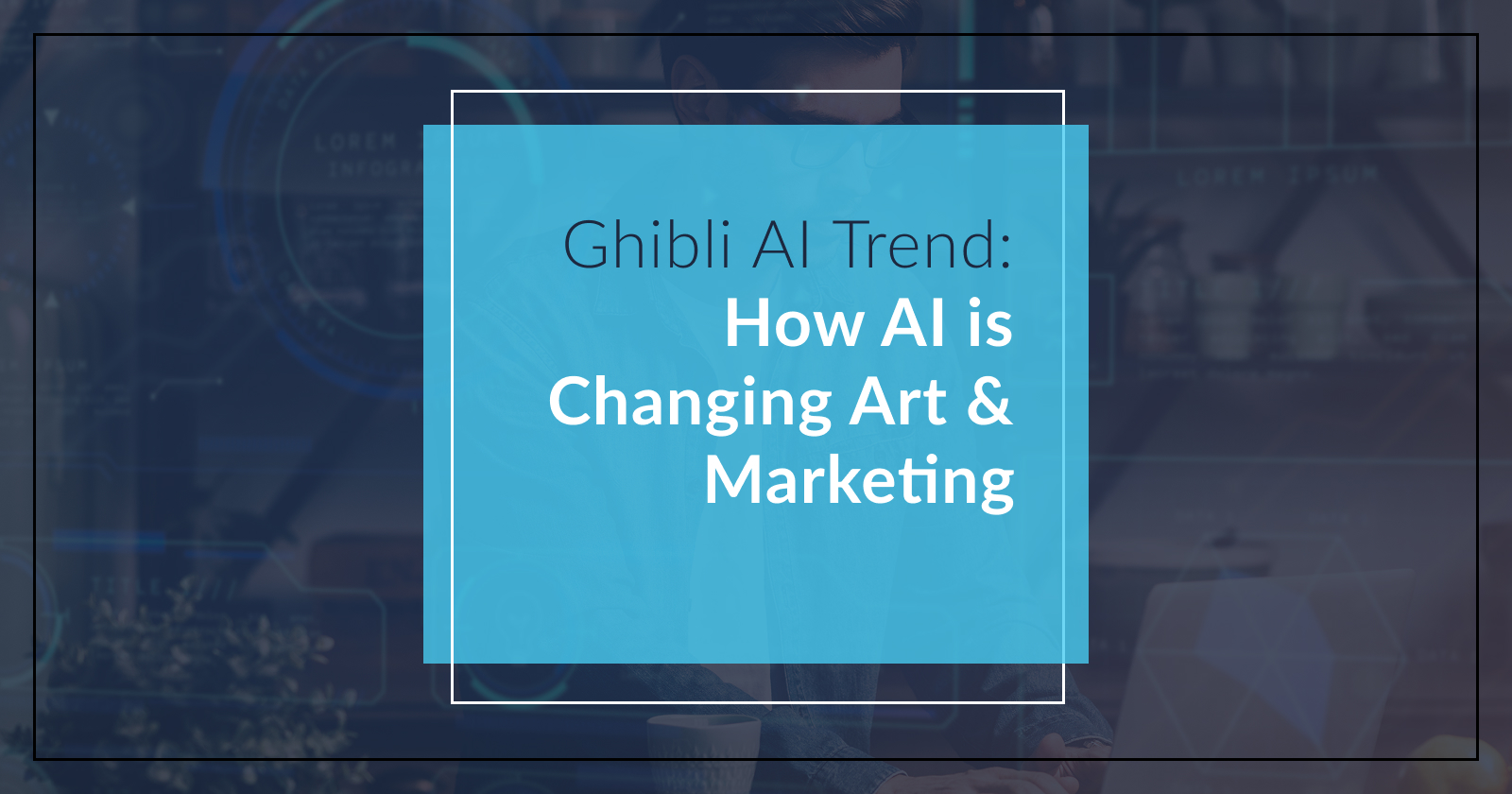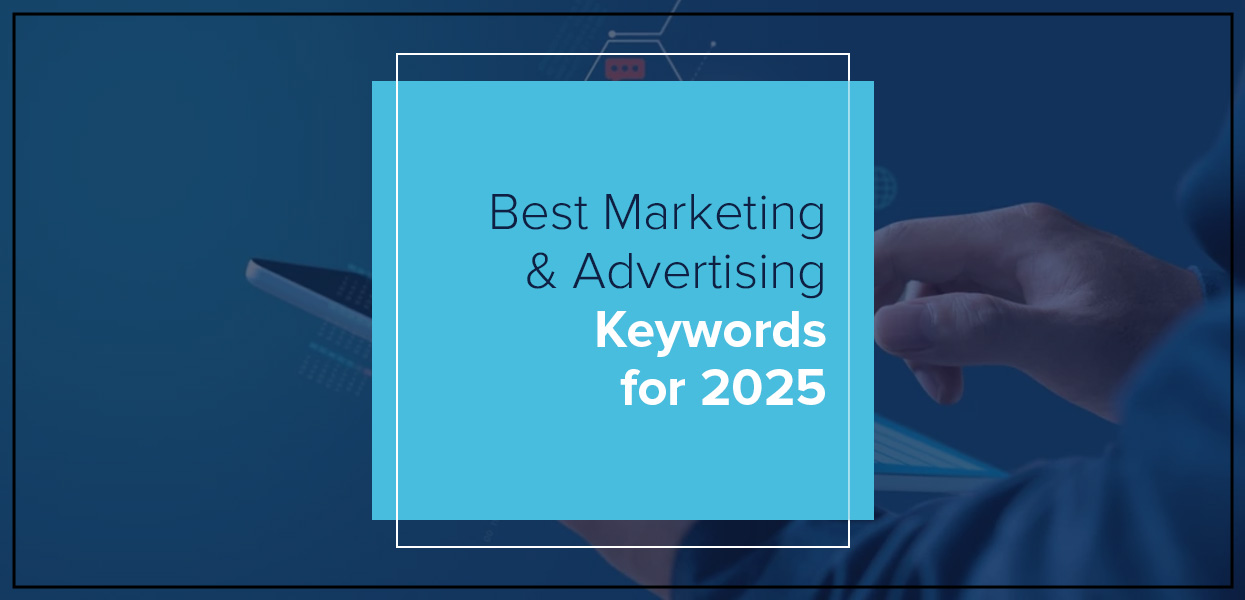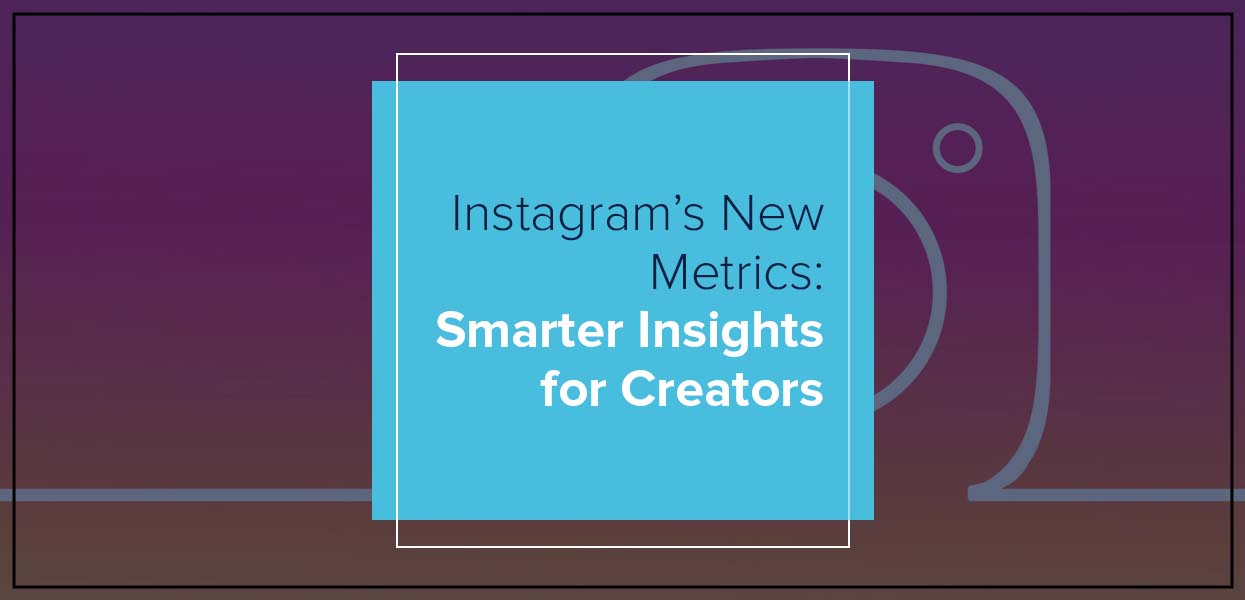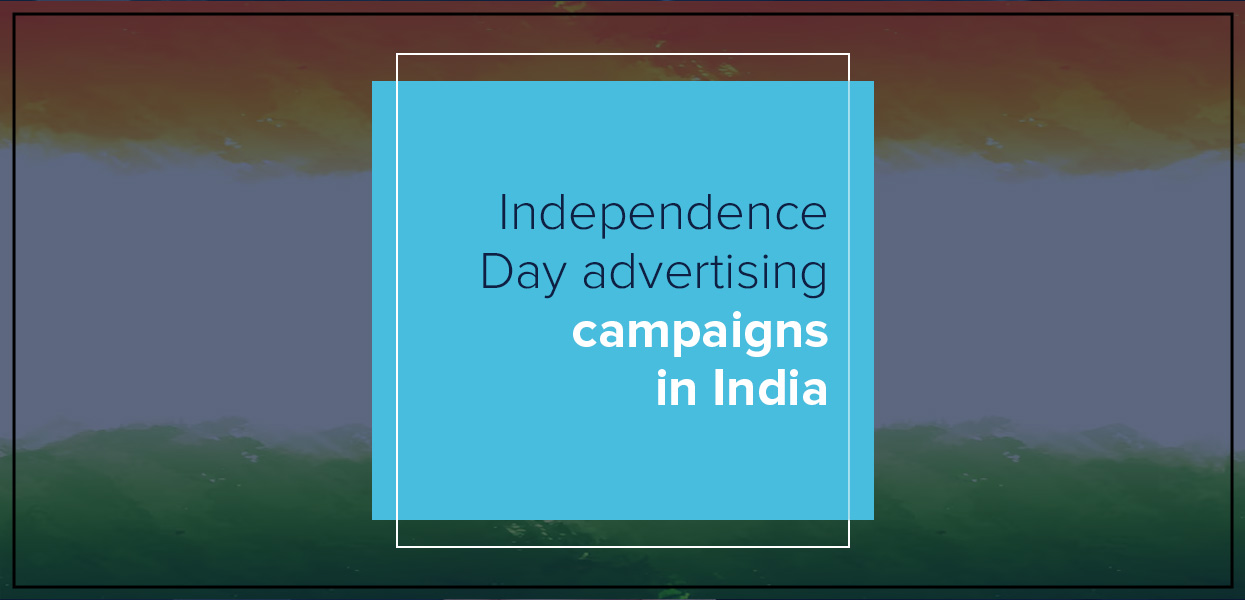Ghibli AI Trend: How AI is Changing Art & Marketing

AI-generated art has taken the internet by storm, blurring the lines between creativity and technology in ways we’ve never seen before.
What’s the Buzz About?
The internet is obsessed with AI-generated images that look like they’re straight out of a Studio Ghibli movie. With just a few words, OpenAI’s latest image-generation model, powered by GPT-4o, can produce breathtaking visuals reminiscent of Hayao Miyazaki’s hand-drawn worlds. Social media feeds are filled with AI-generated Ghibli-style versions of famous historical figures, personal selfies, and everyday moments transformed into whimsical, anime-like artwork.
While this trend is undeniably fun and visually stunning, it raises significant questions about the future of art, creativity, and even ethics.
One of the biggest debates surrounding this AI boom is how the legendary Studio Ghibli itself would feel about AI replicating its aesthetic. The studio’s co-founder, Hayao Miyazaki, has made his views on AI-generated art clear—and they’re not exactly positive.
Why Is the Ghibli Aesthetic So Popular?
Studio Ghibli’s films have a timeless appeal. The dreamy hand-drawn visuals, lush landscapes, warm color palettes, and intricate details create a sense of nostalgia and wonder. Ghibli movies make people feel something—whether it’s the peaceful beauty of ‘My Neighbor Totoro,’ the breathtaking adventure of ‘Spirited Away,’ or the emotional storytelling in ‘Howl’s Moving Castle.’
This emotional connection is a key reason why AI-generated Ghibli-style images have gone viral. They tap into people’s deep love for the studio’s signature look and evoke memories of childhood wonder. For marketers and brands, this trend holds an important lesson: nostalgia-driven visuals can be incredibly powerful for engagement. When people feel emotionally connected to content, they are more likely to share and interact with it.
But despite its popularity, this AI trend also brings up an uncomfortable question: What happens when machines start replicating the unique artistry of human creators?
The Big Problem: AI vs. Studio Ghibli’s Values
While AI-generated Ghibli-style images are trending, the reaction from the artistic community has been mixed. Many artists appreciate how AI can be a creative tool, but others see it as a direct threat to traditional artistry. Hayao Miyazaki himself has been vocal about his distaste for AI-generated art.
In a famous interview, he once called AI-driven animation “an insult to life itself.”
Miyazaki’s philosophy has always centered around human effort, emotion, and craftsmanship. Studio Ghibli’s films take years to make because of their dedication to hand-drawn animation. Every frame is infused with a personal touch, painstaking detail, and a level of warmth that only human hands can create. AI, on the other hand, mass-produces art in seconds, relying on data from existing works rather than original creative vision.
This raises concerns about whether AI is devaluing traditional artistry. If an AI model can replicate an artist’s unique style, does that mean artists will struggle to find work?
Will audiences start favoring AI-generated content over human-created art?
These are difficult questions that the creative industry is now grappling with.
How Marketers Are Using the Ghibli AI Trend
While many artists are wary of AI, marketers and brands see an opportunity. The Ghibli AI trend highlights several key marketing takeaways:
1. Nostalgia Drives Engagement
People love content that reminds them of their childhood. Ghibli has an enormous fanbase, and tapping into this nostalgia can create instant connections. Brands that incorporate nostalgic elements into their marketing can evoke strong emotions and drive higher engagement.
2. Strong Visual Storytelling Matters
Ghibli’s appeal isn’t just about pretty artwork—it’s about storytelling. The characters, settings, and emotions in its films create deep connections with audiences. Brands that use strong visual storytelling in their content, whether through AI or traditional means, can leave a lasting impression.
3. User-Generated Content (UGC) is Powerful
One reason this trend is so viral is that people love making their own Ghibli-style images. Marketers can take inspiration from this by creating campaigns that encourage user participation. Whether it’s a branded filter, an AI-generated avatar, or a themed art challenge, allowing users to co-create content boosts engagement.
4. AI Can Be a Marketing Tool—If Used Ethically
AI is becoming a major part of content creation. Businesses can use AI-generated visuals for quick production, but they must also be mindful of ethical considerations. Transparency, proper crediting, and respecting artists’ rights should be priorities.
The Future of AI in Art and Marketing
The Ghibli AI trend is just a glimpse of how AI is revolutionizing creative industries. From fashion brands using AI to design clothes to gaming companies generating characters with AI, artificial intelligence is transforming the way content is created. However, this rapid advancement raises important concerns:
Who owns AI-generated art? If an AI model produces an image, does it belong to the person who wrote the prompt or the company that built the AI?
Is AI stealing from real artists? Many AI models are trained on copyrighted images without permission, leading to legal and ethical dilemmas.
What happens to traditional artists? If AI can create professional-level visuals instantly, will human artists be pushed out of jobs?
These questions highlight the need for clear guidelines on AI-generated art. Until laws catch up, companies and individuals using AI for creative purposes should proceed with caution.
The Legal and Ethical Mess
AI-generated art exists in a legal gray area. Since AI models learn from vast amounts of existing artwork, some argue that they are plagiarizing real artists without consent. Multiple lawsuits have already been filed against AI companies for using copyrighted images to train their models.
For businesses, this means that using AI-generated visuals for commercial purposes could come with risks. Without clear legal protections, companies must be careful about how they integrate AI art into their marketing strategies.
Finding the Right Balance: AI + Human Creativity
AI isn’t inherently bad—it can be an incredibly useful tool when used ethically. Instead of replacing artists, AI can complement human creativity by speeding up certain tasks, providing inspiration, and opening new creative possibilities.
For brands and marketers, the key is to use AI responsibly. This means:
Being transparent about when AI is used
Giving proper credit to artists and original creators
Balancing efficiency with authenticity
AI should enhance creativity, not replace it. The best results come when human vision and AI efficiency work together.
Final Thoughts
The Ghibli AI trend is a fascinating case study of how AI is reshaping digital marketing, art, and creativity. On one hand, it shows the power of AI in creating viral, engaging content. On the other hand, it raises difficult questions about originality, ethics, and the value of human artistry.
As AI continues to evolve, brands, artists, and consumers will need to navigate these changes carefully. The challenge is finding a middle ground where technology and tradition can coexist. If done right, AI can be a tool for innovation rather than a threat to artistic integrity.
The future of creativity will depend on how we balance human effort with machine efficiency—and whether we can keep the soul of art alive in a world increasingly driven by algorithms.
Get the latest marketing insights and trends—stay ahead with Uniworld Studios.
Categories
- Digital Marketing
- Website Development
- Graphic Design
- Content Writing
Latest Posts
-
- Essential Marketing & Advertising Keywords 2025



